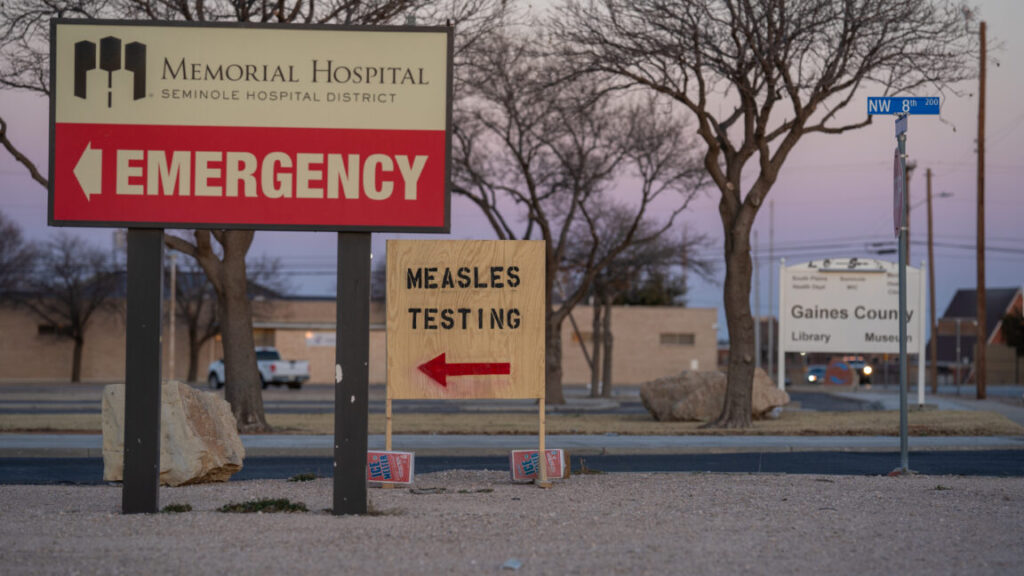Ars Live: 3 former CDC leaders detail impacts of RFK Jr.’s anti-science agenda
The Centers for Disease Control and Prevention is in critical condition. This year, the premier public health agency had its funding brutally cut and staff gutted, its mission sabotaged, and its headquarters riddled with literal bullets. The over 500 rounds fired were meant for its scientists and public health experts, who endured only to be sidelined, ignored, and overruled by Health Secretary Robert F. Kennedy Jr., an anti-vaccine activist hellbent on warping the agency to fit his anti-science agenda.
Then, on August 27, Kennedy fired CDC Director Susan Monarez just weeks after she was confirmed by the Senate. She had refused to blindly approve vaccine recommendations from a panel of vaccine skeptics and contrarians that he had hand-selected. The agency descended into chaos, and Monarez wasn’t the only one to leave the agency that day.
Three top leaders had reached their breaking point and coordinated their resignations upon the dramatic ouster: Drs. Demetre Daskalakis, Debra Houry, and Daniel Jernigan walked out of the agency as their colleagues rallied around them.
Dr. Daskalakis was the director of the CDC National Center for Immunization and Respiratory Diseases. He managed national responses to mpox, measles, seasonal flu, bird flu, COVID-19, and RSV.
Ars Live: 3 former CDC leaders detail impacts of RFK Jr.’s anti-science agenda Read More »












